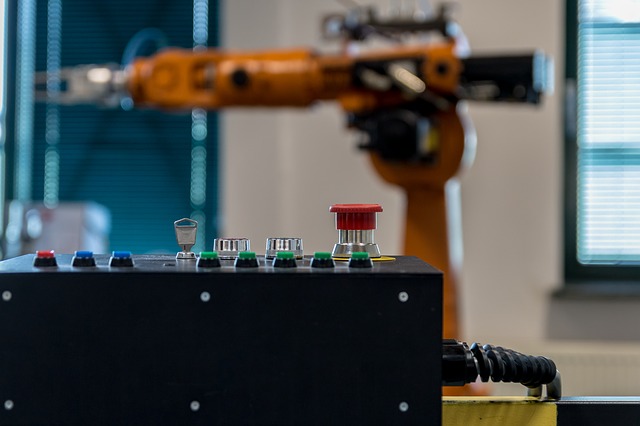The Evolution – and Revolution – of Industrial Automation Part 1
The first industrial revolution mobilized production by water and steam power – the second, by adding electric power. The third was the digital revolution and the use of electronics to automate production. The fourth industrial revolution – taking place today – centers on the “digital factory,” or automating the entire manufacturing process, from design to production.
| This is the first article in a two-part series on the History of Industrial Automation. Read Part 2 Here. |
For manufacturers, this revolution has changed the rules in ways that can be addressed effectively only by automation. The new norm, in terms of manufacturing, is higher product volumes, shorter product lifecycles, shorter lead times, and a growing trend to customize goods close to final market.
Rethinking Automation
The quest to bring lockstep efficiency to labor-intensive factory production at first relied on mechanical ingenuity. Over time, as reliable and cost-effective microprocessor technology became available, assembly lines were retooled to use the new electronics to achieve greater automation and productivity.
Today, pervasive network technology, including the Internet, is bringing about an evolutionary change in industrial automation. No longer is it sufficient for individual machines to perform their specific tasks independently. Instead, individual parts of a larger process must be aware of each other; they must exchange data in real time and adapt to changes in the process or environment.
Additionally, it is increasingly necessary to exchange data outside of the traditional industrial network and beyond the factory floor, and to include enterprise LANs and the Internet. Up-to-the-minute information on manufacturing processes needs to be available to analysts, inventory managers, and others within the office environment.
Advantages of Modern Automation in Manufacturing
The advantages of automating manufacturing and production are many:
• flexibility
• efficiency
• maximum use of resources
• real-time data
• an open manufacturing network that enables connected systems to communicate with each other (the Industrial Internet of Things, or IIoT).
Robotics and Manufacturing
Companies must rethink their approach to robotics and automation, focusing on replacing complex and complicated processes with flexible and agile systems.
At first glance, processes on manual assembly lines might seem relatively simple to automate, but in reality, it is not easy to replicate human abilities. Humans have touch and motor control that allows us to handle delicate things with dexterity and precision, as well as judge how much force to use on a given component so we don’t break it.
Humans can see where an item is, easily pick it up, and are able to handle an incredibly diverse variety of parts without pausing. Humans also have spatial awareness that allows us to interact closely and in harmony with our coworkers.
Modern Automation is More Efficient and Cost-Effective
Automated industrial control systems are an integral part of today’s manufacturing facilities. As these systems’ capabilities advance, the engineer shifts from someone who oversees processes to one who manages the data produced and functions performed by these systems to ensure product quality.
Manufacturing systems need to be reliable, since downtime is an expensive alternative. Automation has reduced the number of people staffed at each facility so, if a system goes down, it’s probably not feasible for people to actually step in and move production along. If a system stops, so does production.
Additionally, the manufacturing industry is always striving for more processing power, more multitasking, more functionality. Systems need to be cost-effective and technologically advanced to provide a direct return on investment, while being flexible enough to accommodate upgrades and expansions.
History has shown that automation has played a significant role in reducing manufacturing costs in many industries, and when the costs associated with higher quality and yields are considered, the benefits of automation offer an even more appealing value proposition.
